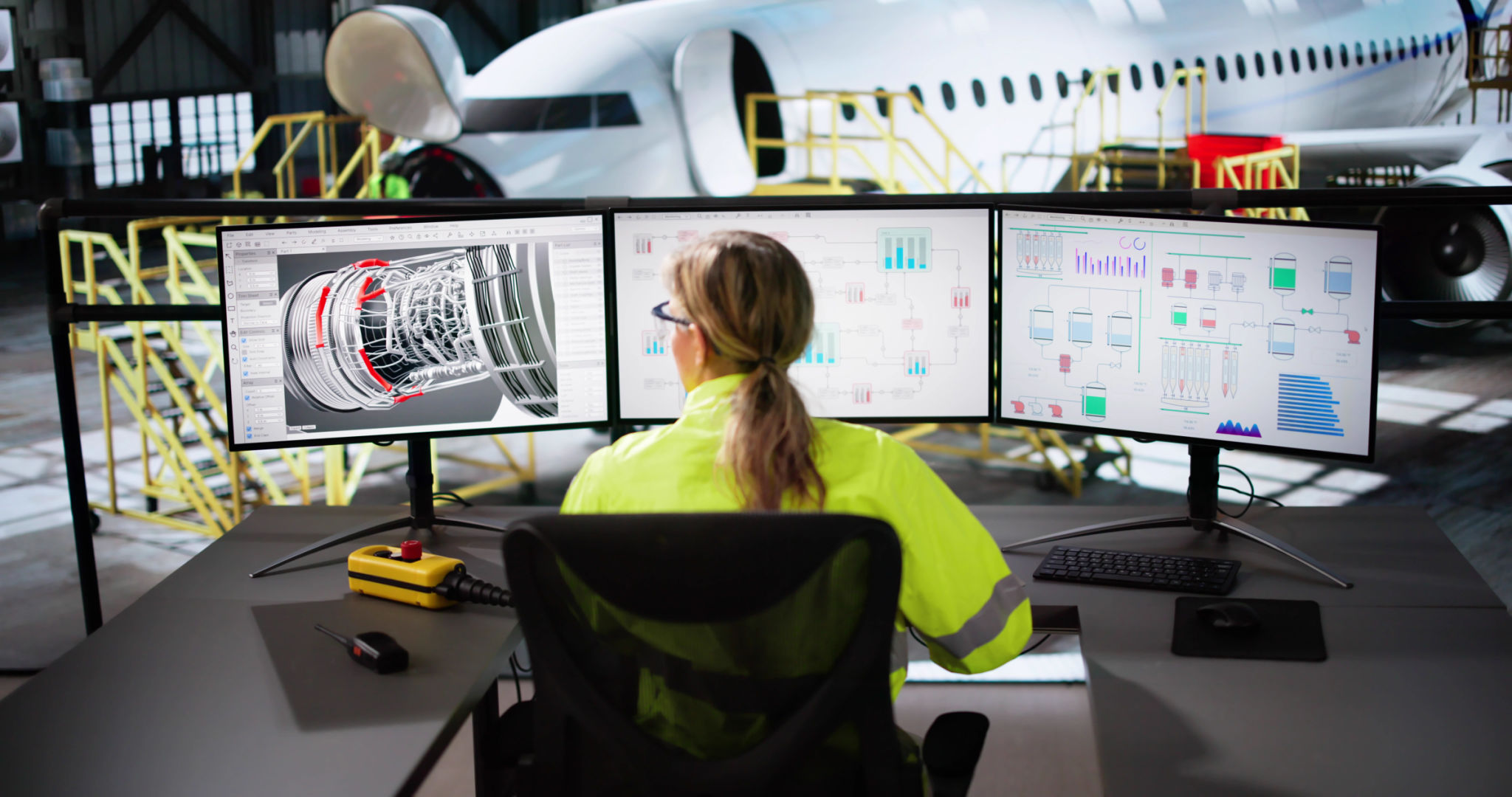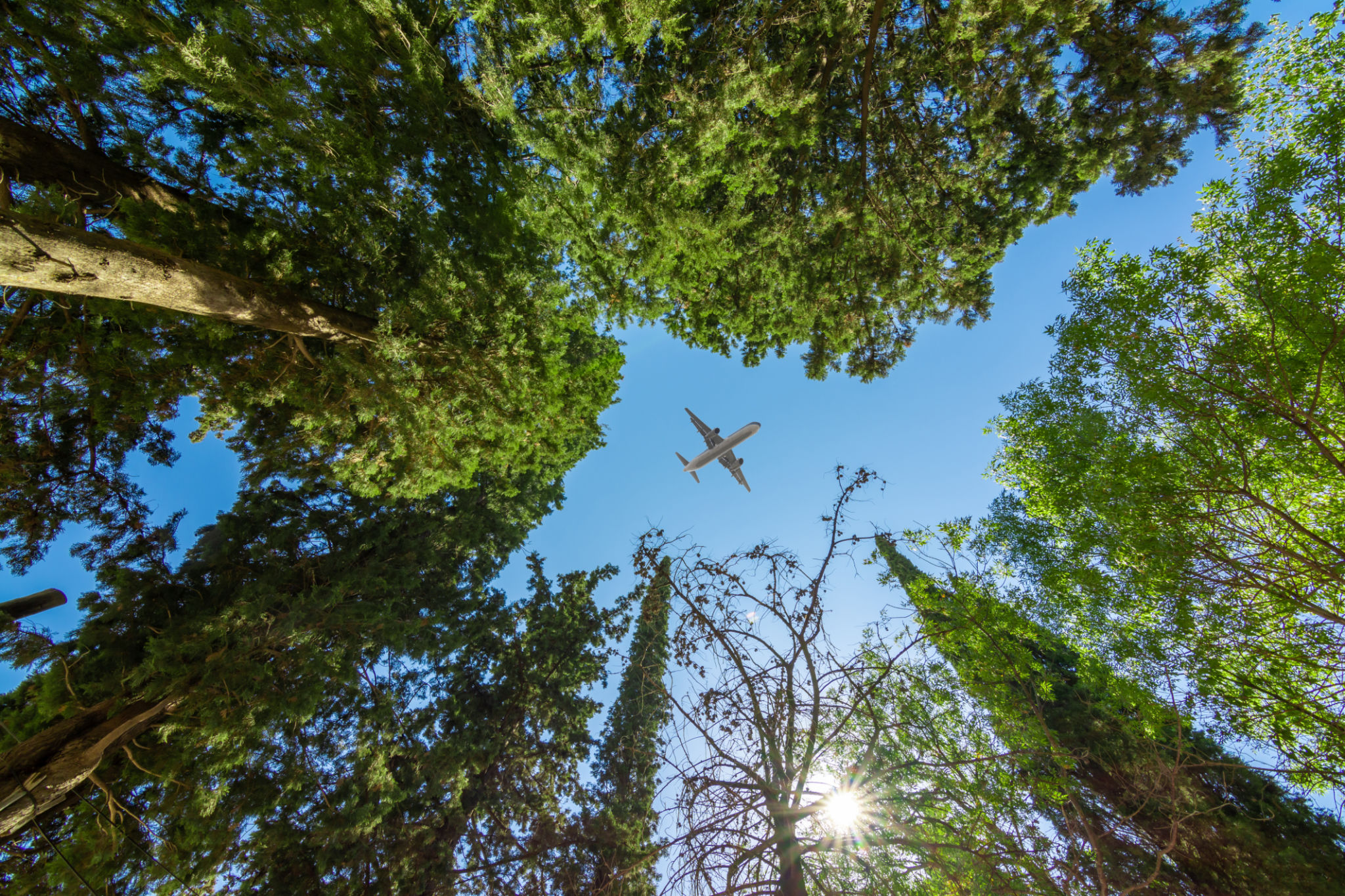The Impact of Aviation Education on Local Communities
Introduction to Aviation Education
Aviation education plays a crucial role in shaping the future of the aviation industry while significantly impacting local communities. By equipping individuals with the necessary skills and knowledge, aviation education fosters economic growth, enhances job opportunities, and promotes technological advancements. This article explores how aviation education influences local communities and the various benefits it brings.
Economic Growth and Development
One of the most significant impacts of aviation education on local communities is economic growth. Aviation schools and programs attract students from various regions, increasing demand for housing, food, and other services. This influx of students stimulates local businesses, creating a ripple effect that boosts the local economy. Furthermore, aviation-related businesses often follow educational institutions, creating a thriving ecosystem centered around the aviation industry.

Job Creation and Employment Opportunities
Aviation education provides a direct pathway to various career opportunities within the aviation sector. Graduates can pursue careers as pilots, aircraft maintenance technicians, air traffic controllers, and more. This not only helps individuals secure stable and well-paying jobs but also reduces unemployment rates in the community. As local residents gain employment in these fields, they contribute to the overall prosperity and stability of their communities.
Technological Advancements and Innovation
Educational institutions focused on aviation often become hubs for research and development, driving technological advancements in the industry. By fostering an environment of innovation, these institutions encourage students and faculty to explore new ideas and solutions to challenges within aviation. This can lead to breakthroughs that benefit both the local community and the broader aviation sector.

Community Engagement and Collaboration
Aviation education institutions often engage with local communities through partnerships, outreach programs, and events. These initiatives can include educational workshops, air shows, and open days that allow community members to learn more about aviation. Such activities foster a sense of collaboration and mutual support between the institutions and the surrounding community.
Environmental Awareness and Sustainability
With growing concerns about environmental sustainability, aviation education programs are increasingly incorporating environmental studies into their curricula. Students learn about sustainable practices in aviation, such as fuel efficiency improvements and noise reduction strategies. This emphasis on sustainability helps cultivate environmentally conscious professionals who can implement positive changes within the industry, benefiting both local communities and the global environment.

Conclusion
The impact of aviation education on local communities is multifaceted, encompassing economic growth, job creation, technological innovation, community engagement, and environmental awareness. By investing in aviation education, communities can harness these benefits to create a more prosperous and sustainable future. As the aviation industry continues to evolve, the role of education will remain pivotal in ensuring that local communities thrive alongside it.
